
WHAT IS AN INDUCTION COOKTOP?
Curious about induction cooktops? This guide will help you learn more about how induction cooktops work and whether they’re right for you.
Many people in the United States are familiar with gas and electric cooktops, but not as many are aware that there’s a third option available. Though popular in Europe for decades, induction cooktops have become more popular in the United States as people seek out more energy efficient cooking options. If you’re curious about induction cooking vs. gas or electric, this guide can help you learn more about this unique cooktop technology and decide if it’s right for you.
HOW DOES INDUCTION COOKING WORK?
Induction cooking uses a special type of cooktop often called an induction stovetop or an induction cooktop. An induction cooktop is a type of electric cooktop that uses electromagnetism to heat cookware, essentially turning the cookware into its own source of heat.
Since these cooktops heat cookware with electromagnetism, the system is highly efficient, allowing for a rapid rise or drop in temperature. This often leads to faster cooking, especially in pots—water will often come to a boil much faster on most induction cooktops.
HOW DO I KNOW IF I HAVE AN INDUCTION COOKTOP?
You can identify whether your stove is induction if it heats your cookware as opposed to the surface of your stove. If the surface heats up significantly or begins to glow, it is not induction.
If you are unable to tell whether your stove is induction, consult your owner’s manual.
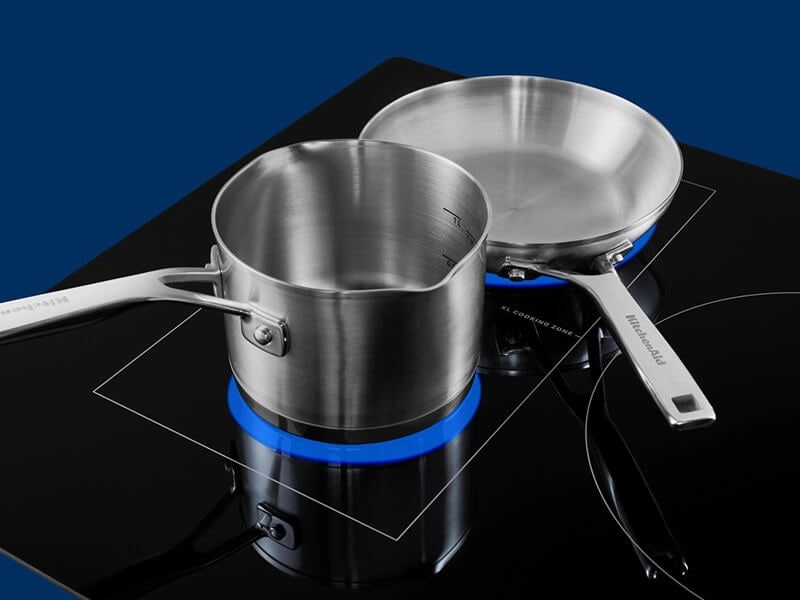
WHAT IS AN INDUCTION HOB?
Induction hobs are the spots on an induction stove upon which you place your cookware, similar to burners on traditional stoves. Induction hobs differ from electric stove burners, since induction hobs do not heat while cooking.
Instead, induction hobs pass electromagnetic currents through to cookware. This creates a reaction in magnetic cookware that generates heat in the pot or pan itself. For this reason, there is generally less energy loss with induction stoves than with gas or electric.
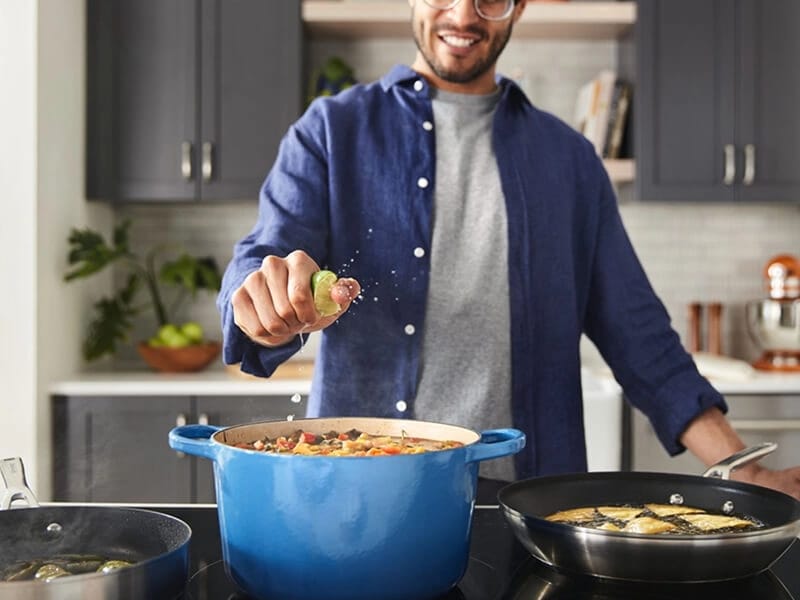
5 BENEFITS OF INDUCTION COOKING
There are several benefits to choosing an induction cooktop, including improved temperature control, faster results, quick cooldown, easy cleaning and other unique features that vary by brand and model. Explore the benefits below to help you on your shopping journey.
1. IMPROVED TEMPERATURE CONTROL AND COOKING RESULTS
Induction cooking relies on a current that creates an electromagnetic field. Raising or lowering the temperature on an induction cooktop results in a higher or lower charge. This, in turn, means that you can adjust the temperature more quickly than on an electric or gas cooktop.
2. FASTER HEATING AND COOKING OF FOODS
According to the U.S. Department of Energy, induction cooktops can be up to three times more efficient than gas cooktops, and 10% more efficient than radiant electric models. As a result, improved efficiency generally leads to faster cooking times.
3. COOKING SURFACE REMAINS COOLER
Since induction heat is generated in the pan and not the cooktop itself, the surface surrounding the pan stays cooler, which means there’s a smaller surface area that needs to cool down once it’s turned off. This may help reduce the risk of bumping into a hot surface as you tackle post-meal cleanup.
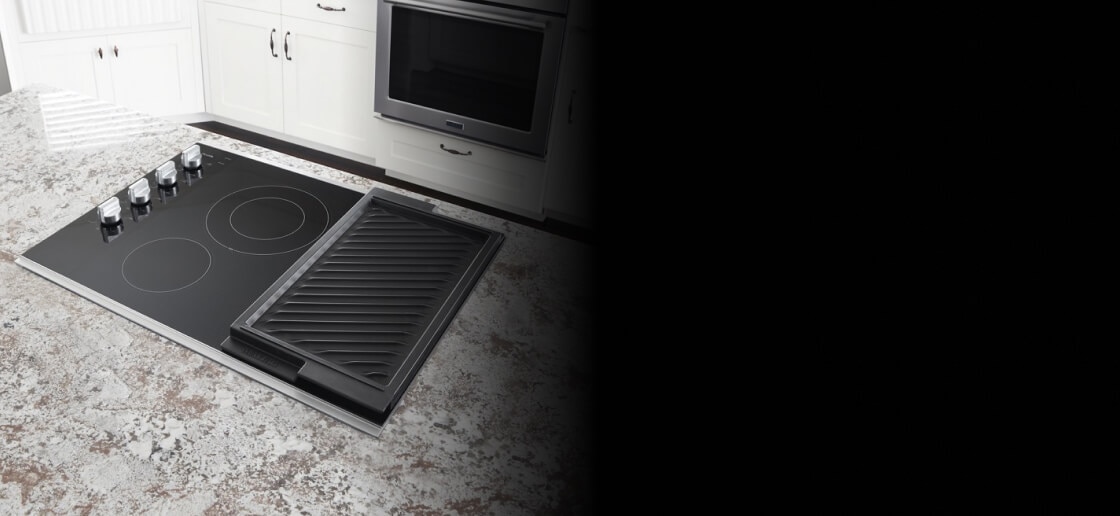
Maytag® cooktops
One cook space, full-meal power
Whether you’re working with a small space or just want more room for cooking, Maytag® cooktops offer power, durability and performance for every meal
4. EASY CLEANING
Induction cooktops also shine when it comes to cleanability. While it may seem strange, induction cooking doesn’t heat the cooktop itself. This means that spilled food, boiled-over pots, grease splatters and other common messes are less likely to get burned onto the cooktop surface and can be wiped up quickly once cooking is done. Ambient heat from your cookware may heat up your induction cooktop, so it’s important to wait for the surface to cool before cleaning.
5. UNIQUE FEATURES
Modern induction cooktops typically have elevated features that are tailored to your cooking style, like:
Quick Boil Features: Some induction cooktops offer a quick boil feature, like Power Boost on select Maytag® models, that crank up the heat and boil water faster than a gas or electric cooktop.
Helpful presets: Presets help you get the results you want without the guesswork. Select Maytag® induction cooktops offer No Guess Presets that let you set your cooktop to the exact results you want with convenient cooking modes like boil, sauté, simmer and more.
- Larger heating elements: Induction cooktops can have larger heating elements, like select Maytag® options with the XL Cooking Zone, an extra large element designed to evenly heat even your largest cookware, like oversized pans and griddles.
SHOP MAYTAG® INDUCTION COOKTOPS WITH TEMPCOOK™
Put cooking on cruise control with TempCook™ on select Maytag® cooktops. Select a temperature and TempCook™ will automatically adjust power levels to keep it consistent, helping ensure you don’t overcook or undercook your meals.
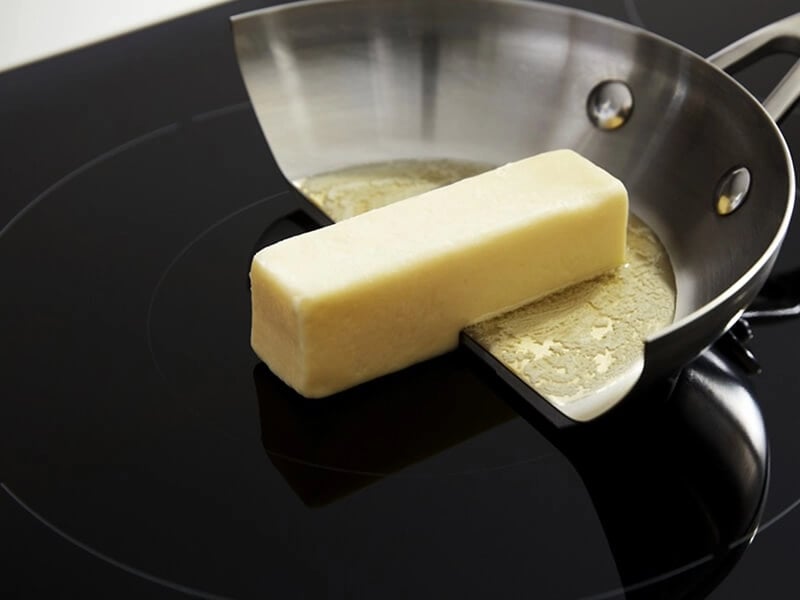
IS COOKING DIFFERENT ON AN INDUCTION COOKTOP?
There may be an initial learning curve with induction cooking—because the cookware heats up more quickly, you may find that total cook time is reduced. Be sure to monitor your food to help avoid overcooking.
Another aspect of induction cooking that sets it apart from traditional counterparts is the use of power levels. Induction cooktops can have multiple power levels, which allows you to use the right amount of heat for simmering, sauteing, boiling and other cooking techniques.
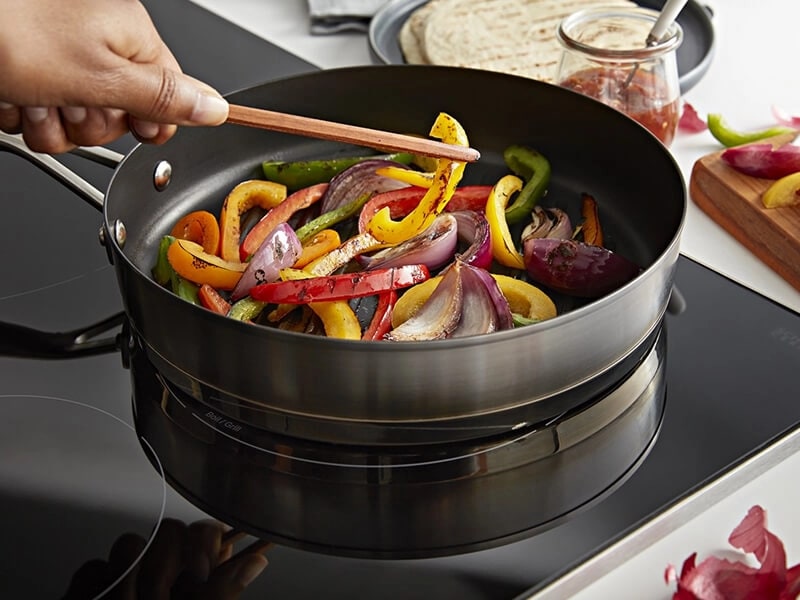
DO YOU NEED SPECIAL COOKWARE FOR INDUCTION COOKTOPS?
Another consideration is the type of cookware you use. Cookware for induction must be conductive—that is, it must be responsive to electromagnetism in order to work. Fans of cast iron or stainless steel can often use their pots, pans and Dutch ovens on an induction cooktop right away.
However, items made of copper, aluminum, glass or ceramic are not suitable for induction cooktops.
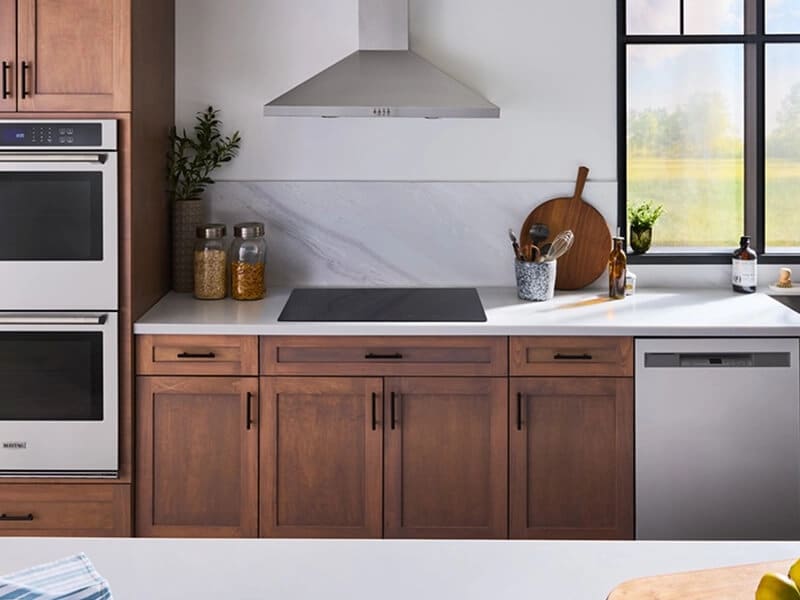
ARE INDUCTION COOKTOPS EASY TO INSTALL?
Induction cooktops may need to be installed by a professional, depending on the electrical wiring and power supply in your home. Since induction cooktops may require a specialized outlet or new wiring, be sure to talk to an electrician or contractor if you’re looking to replace your current cooktop with an induction model.
EXPLORE MAYTAG® COOKTOPS
If you’re looking for power and convenience when cooking for your family, Maytag® cooktops can provide you all the performance you need. With features on select Maytag® electric, induction and gas models, like the Power™ Burner that allows for a slow, even saute and the intense heat for a seared, juicy steak, or SmartBoil that delivers consistent heat that keeps boil-overs to a minimum, so dinner gets done right the first time.

